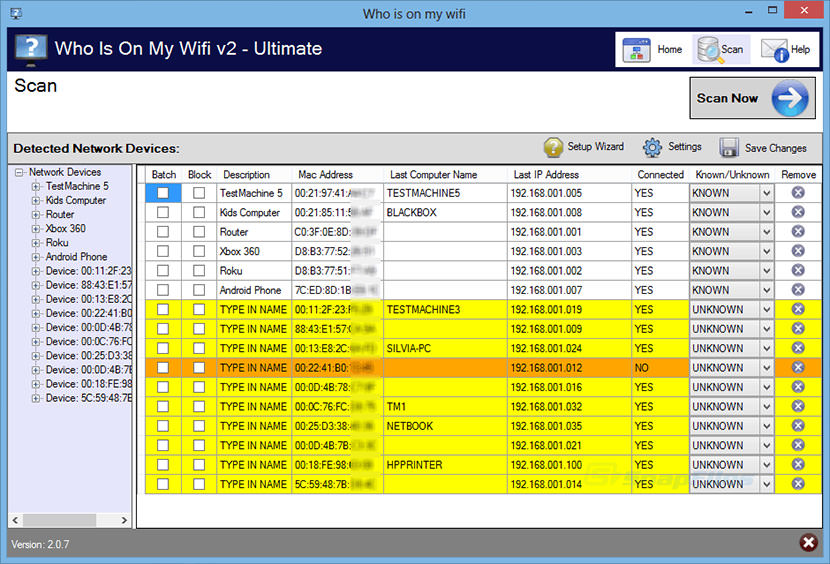My Router Wifi
Posted : adminOn 3/13/2018Home; Router; Router. Contact Us; Support; Resources; Solutions; Blog © 2018 Who's On My WiFi All rights reserved. Home; Learn More. My WiFi Router, free download. Fast Furious 7 Mkv Player there. Turns your PC into a wireless hotspot that can be shared with devices. Review of My WiFi Router with a star rating, 2 screenshots along.

It's a similar process with other manufacturers, but on Linksys routers, you can see the public IP address on the Status page in the Internet section. NETGEAR routers might call this address the Internet Port IP Address and have it listed in the Maintenance >Router Status screen. How to Find the Router's Local IP Address Home routers have their local address set to a default, private IP address number.
It's usually the same address for the other models from that manufacturer, and it can be seen in the manufacturer's documentation. You can also check this IP address in the router's settings. For example, most Linksys routers list the private address, called the Local IP Address in the Setup >Basic Setup screen.
A NETGEAR router might call it a Gateway IP Address on the Maintenance >Router Status page. Here are the default local IP addresses for some of the most popular brands of routers: • routers usually use for their default internal address. Unlike other IP addresses on home networks that usually change periodically, the router's private IP address remains (fixed) unless someone manually changes it. Tip: There are a number of ways to find the local IP address of the router in Windows, Mac, and Linux operating systems if you'd rather not look at the router itself.
You can do that. More Information on IP Addresses The public IP address of a home network will probably change periodically because the ISP assigns to most customers. These change over time as they're reallocated from the company's address pool.
Office 2003 Arabic Iso. These numbers apply to the traditional IPv4 addressing most commonly used on networks. The new uses a different numbering system for its IP addresses although similar concepts apply. On corporate networks, network discovery services based on can automatically determine the IP addresses of routers and many other network devices.
• • Tetra images/Getty Images Everyone knows that Wi-Fi signal strength begins to wane the farther away from the router you’re using your laptop. If your router is in the front of your house and your bedroom is in the back, you may be accustomed to seeing that spinning wheel of death while waiting for your Netflix to buffer. The severity depends on many things: your home’s construction, your router, your providerlots of things. Regardless of the other hurdles, where you put your router matters. An important thing to remember is that the signal from a router broadcasts in all directions from the antenna, so it’s useful to think of signal strength in terms of a radius of broadcast. If your router is next to a wall adjacent to your neighbor’s apartment, they’re getting that slice of your signal, not you (obvious pro-tip: password protect your Wi-Fi right now).
Here are some other tips for optimal placement of your wireless router to get a stronger signal. Keep it central Location is key. Try to find the most central home for your router that you can—and don’t consider the placement of your desktop computer or home modem to be a limiting factor. It’s worth buying some and run the wire to the most central location you can. Consider even mounting the router on a wall or in a corner by the ceiling if you have two floors because radio waves generally spread out and towards the ground, not up. Think about putting your router on the second floor if you have one.
Avoid impenetrable obstructions Radio waves certainly travel through walls, but the thicker the wall, the weaker the signal will be on the other side. And if your home is fortified with brick or concrete walls, the signal is going to be absorbed by the wall and lose significant strength when traveling through it. Same goes for water, like your big fish tank, which can cause a lot of resistance for your signal. Metal and mirrors are also your enemy because those materials actually reflect radio waves, so putting the router behind a TV or in a bathroom is ill advised.
Avoid the kitchen When it comes to battling any potential buffering of your Wi-Fi signal, the microwave is not your friend. Microwaves and Wi-Fi routers operate using the same 2.4 gHz slice of the electromagnetic spectrum. When you use the microwave, it’s literally interfering with your Wi-Fi signal. Additionally, metal objects will absorb a signal, and with a metal fridge, stove, and other kitchen appliances, it’s probably best to just keep the router out of the kitchen. W32dasm Cracklab.